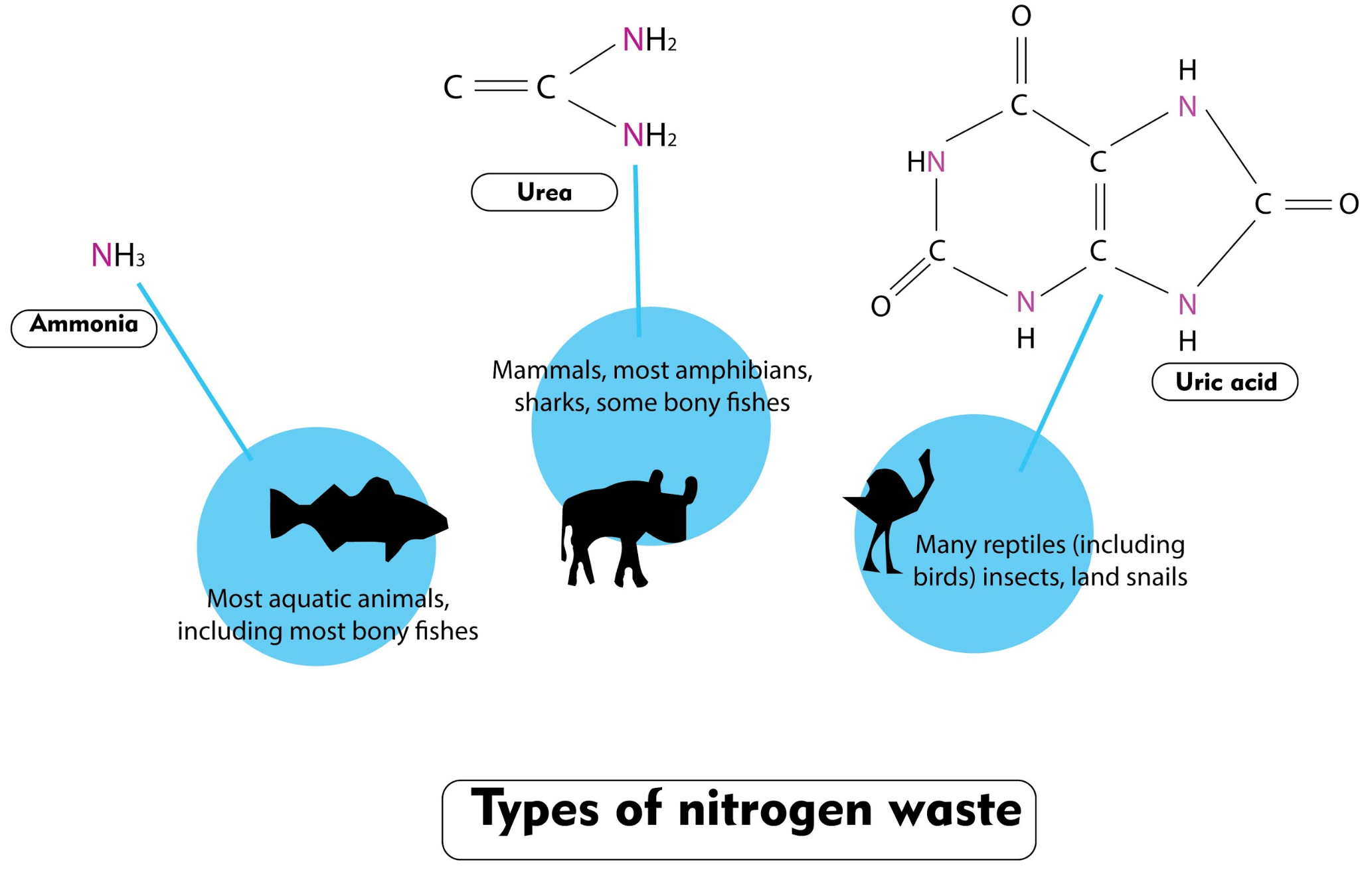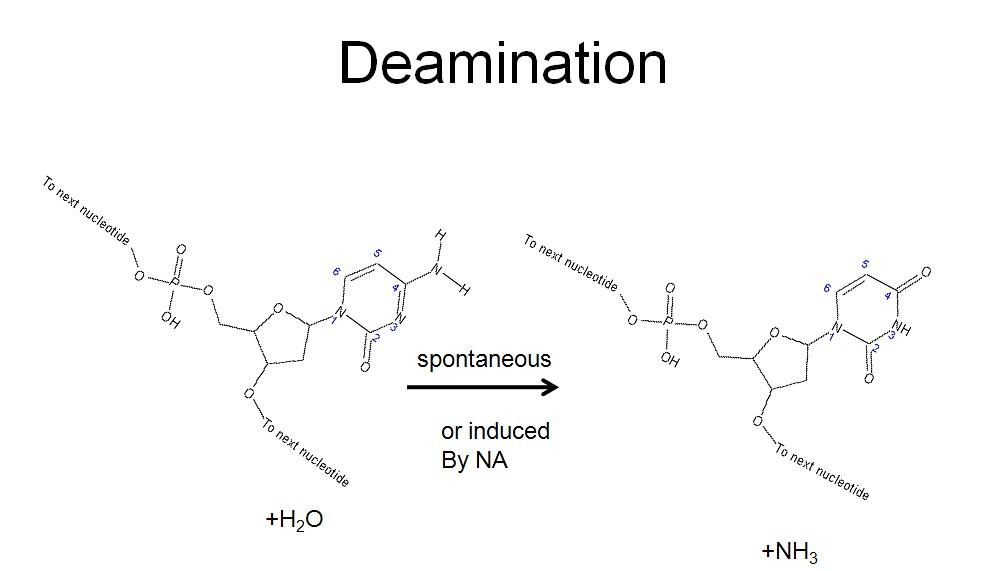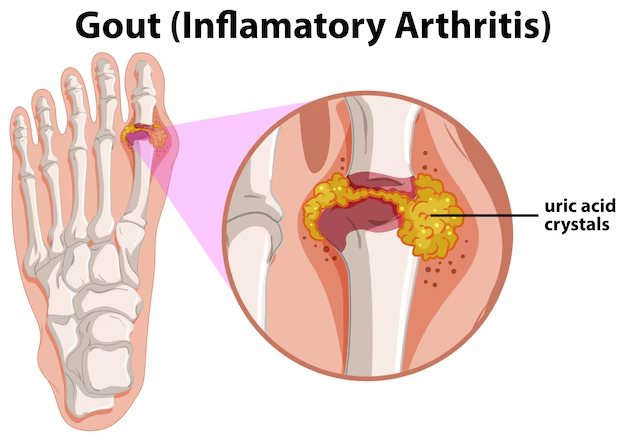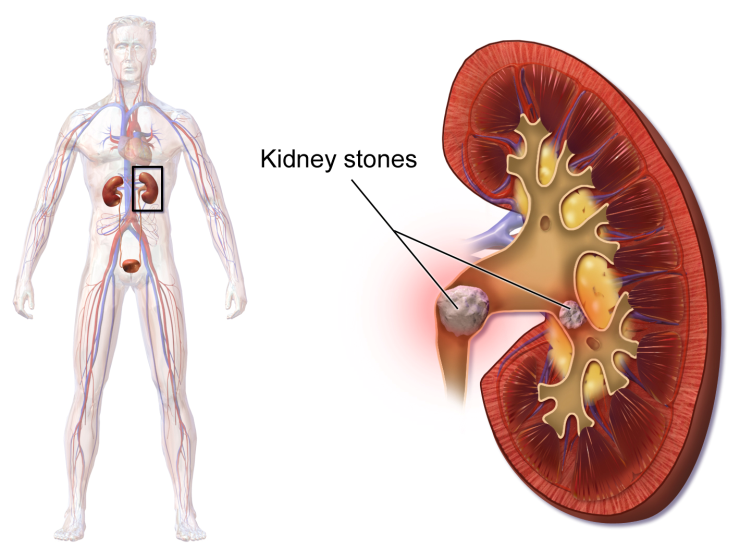




What is Uricotelism? How and Why are Nitrogenous Wastes Produced?
All living beings perform several physiological and biological processes for their existence. Metabolism is one of the most important processes that provide the required nutrients and energy to cells. However, due to this process, all living organisms produce newly created chemicals called nitrogenous waste in the form of uric acid, urea, and ammonia.
These nitrogenous wastes build up in the organs and body fluids like blood, and can damage the natural systems of the body. Thus, it is important to remove these wastes. Majorly, there are four types of waste removal process- ammonotelism, ureotelism, aminotelism, and uricotelism. The following content is about uricotelism in physiology with a detailed discussion. For your NEET preparation, this content can be highly helpful.

Types of Excretion Process
As said earlier, most of the organisms use four types of waste removal or excretion processes to eliminate bodily waste. Here is the list in a tabular form-
The Process of Nitrogenous Waste Production

Proteins are known as polymers of different amino acids. In the metabolism process, deaminase, an enzyme removes the amino group from these amino acids. This process is called deamination.
After deamination, based on the organism and availability of water, the released amino groups convert themselves into either uric acid, urea, or ammonia.
The other part of amino acids can be reserved as carbohydrates or used to release energy through oxidation.
Mostly in the liver, and sometimes in kidneys, purines produce uric acid (C5H4N4O3) via degradation. In uricotelic animals, purines are synthesised by excess nitrogen in the body. In this process, the purines convert into xanthine and then into uric acid by oxidation.
Conversion of uric acid as nitrogenous waste requires the least amount of water among all excretion processes. Thus, it is seen in terrestrial animals like reptiles that have restricted access to water.
Here is the chemical equation of the deamination process where amino acids deaminase to nitrogenous waste
R-CH(NH2)-COOH (amino acid) ------ NH2 + H+ ----- (deaminase) ----NH3 (nitrogen that changes to uric acid, urea, or ammonia)
Uricotelics
The definition for uricotelism is a nitrogenous waste removal process that excretes nitrogenous wastes as uric acid or urates (a salt of uric acid) from the organism’s body. The organisms that remove uric acid are known as uricotelic organisms.
As you know, uric acid is not readily soluble in water. Hence, the process of uricotelism needs a lesser amount of water. So, this process is seen in animals that live in dry places or can not access water constantly.
Uricotelism examples are observed in reptiles, insects, birds, kangaroo rats, and land snails. However, other mammals and humans also remove uric acids in a small amount. Also, there are some common uric acid disorders found in them as well.
Uric Acid Metabolism Disorder
Gout
The metabolic disorder sometimes accumulates excess uric acids and deposits in bone joints. This can lead to painful arthritis called gout.

Due to the precipitation of uric acid crystals into kidney tubules, blockage occurs inside the organ. In this case, animals can experience excruciating back and thigh pain. If this blockage occurs in the urinary bladder, patients may experience painful urination or bleed while urinating.

Why Certain Organisms Prefer Uricotelism?
Mostly, terrestrial animals with limited water access prefer uricotelism. Following are some reasons-
Nitrogenous waste can be of three types – ammonia, urea, and uric acid. Among these three wastes, ammonia is highly water-soluble, and urea is fairly water-soluble.
However, uric acid is hardly soluble in water. For example, to remove 1 gm of uric acid, only 10 ml of water is needed. But, 1 gm ammonia needs 300-500 ml water, and 1 gm urea needs 50 ml water for excretion.
Ammonia has the highest toxic intensity as a nitrogenous waste. Urea has near about 1 lakh times lesser toxicity than ammonia. Moreover, uric acid is nearly non-toxic.
Uric acid can stay inside organs for a longer time as primarily it is non-toxic and also almost insoluble in water.
As uric acids do not require much water, it can be removed in solid pellet forms. The waste of bats and birds has white-coloured portion called guano. This guano is composed of crystals of uric acid.
Questions and Answers
1. Why are Most Terrestrial Animals Either Uricotelic or Urecotelic?
Ans. Generally, most terrestrial animals are found to be either uricoletic or urecoletic. The reasons are listed below.
The nitrogenous body waste ammonia has a high water-soluble capacity. For instance, more or less 300-500 ml of water can remove only 1 gm of ammonia. Thus, aquatic animals that have abundant access to water can utilise the source to remove ammonia.
But terrestrial organisms do not have unlimited and constant access to water. Thus, these animals adopt another mode of excretion that does not require a large amount of water. In urecotelism and uricotelism, the removable wastes are respectively urea and uric acids that are not highly water-soluble.
Due to the high toxicity of ammonia, ammonotelics can not store the waste inside the body for a long time. Thus, aquatic animals use the water source to diffuse ammonia waste and remove it rapidly from their body. However, uric acids and urea do not have high toxicity, and hence terrestrial animals can store these wastes inside the body for a longer period and remove them with a limited amount of water.
Essential Study Materials for NEET UG Success
FAQs on Important Notes on Uricotelism for NEET Biology - Definition, Examples, Gout, Kidney Stones
1. What is uricotelism?
Uricotelism is the excretion of nitrogenous waste primarily as uric acid or urates. It requires the least amount of water compared to other excretion modes (like ammonotelism and ureotelism) and is common in birds, reptiles, insects, and certain other terrestrial animals.
2. Which organisms are uricotelic?
Common uricotelic organisms include most reptiles (like lizards and snakes), birds, insects, land snails, and desert mammals such as kangaroo rats. These organisms often live in habitats where water is scarce and benefit from minimising water loss through uric acid excretion.
3. Why do some animals excrete uric acid instead of ammonia or urea?
Uric acid is minimally soluble in water and far less toxic than ammonia. This allows animals in arid environments or those with limited access to water to conserve water, as only a small volume of fluid is needed for uric acid excretion.
4. How is uric acid formed during metabolism?
In uricotelic organisms, deamination of amino acids leads to the production of purines. These purines are then degraded (often in the liver) into xanthine, which is oxidised to form uric acid. Because uric acid is nearly insoluble in water, it can be excreted with minimal fluid loss.
5. What is the difference between uricotelism, ammonotelism, ureotelism, and aminotelism?
Ammonotelism: Excretion of ammonia (highly toxic, requires abundant water).
Ureotelism: Excretion of urea (less toxic than ammonia, requires moderate water).
Aminotelism: Excretion of free amino acids (seen in some mollusks, very rare in higher animals).
Uricotelism: Excretion of uric acid/urates (least water requirement, minimal toxicity).
6. Why is uricotelism particularly common in birds and reptiles?
Birds and reptiles often live in habitats where water is limited. Uric acid’s low toxicity and minimal water requirement make it optimal for these animals to excrete waste while conserving as much water as possible.
7. How does gout relate to uric acid excretion?
Gout is a metabolic disorder caused by excess uric acid in the bloodstream, leading to the deposition of urate crystals in joints. This can trigger painful inflammation and arthritis-like symptoms.
8. Can uric acid cause kidney stones?
Yes. If excessive uric acid precipitates in the kidney tubules, it can form crystals that cause kidney stones. This blockage may lead to severe pain in the lower back and issues with urination.
9. Do humans also excrete uric acid?
Humans primarily excrete urea (making us ureotelic), but we do excrete a small amount of uric acid. In some cases, problems with uric acid metabolism can lead to disorders like gout and uric acid kidney stones.
10. What is the composition of bird droppings (guano)?
Bird droppings often contain a white, chalky substance known as guano. This white portion consists largely of uric acid crystals, reflecting the uricotelic nature of birds.















